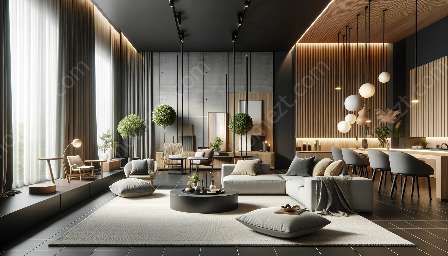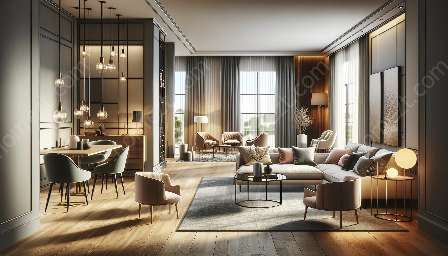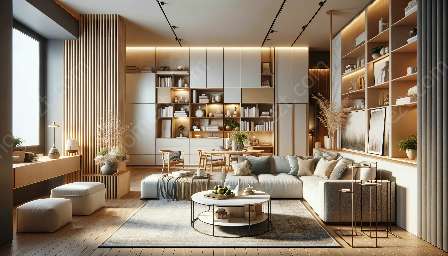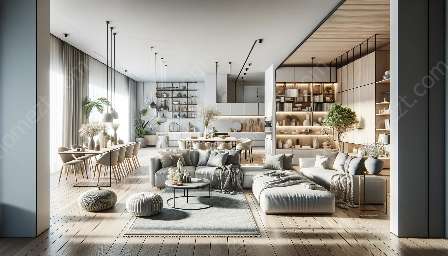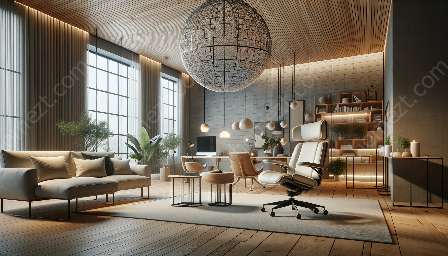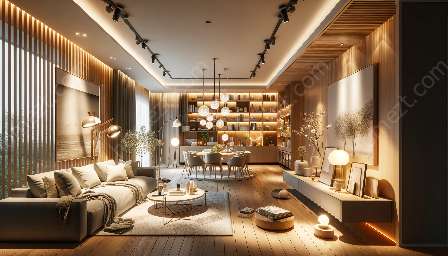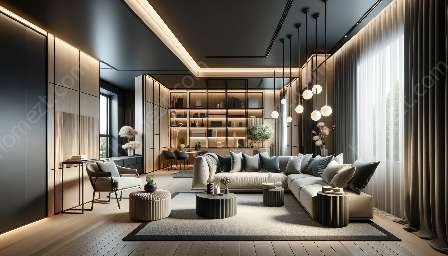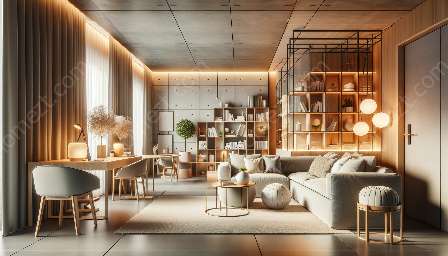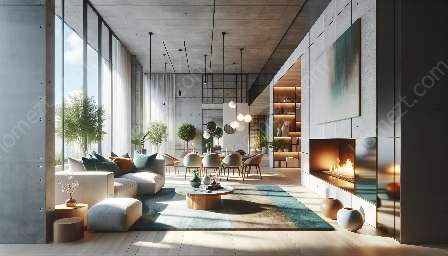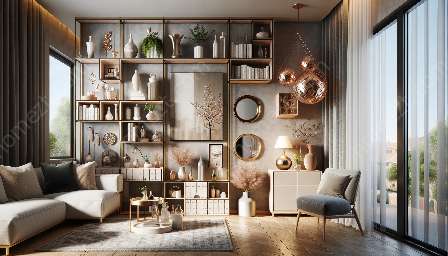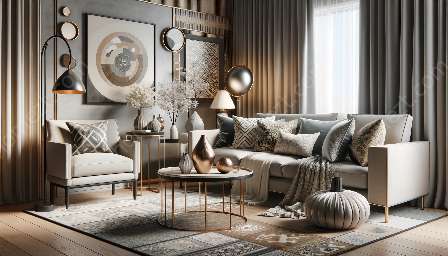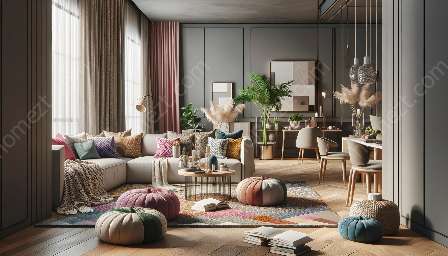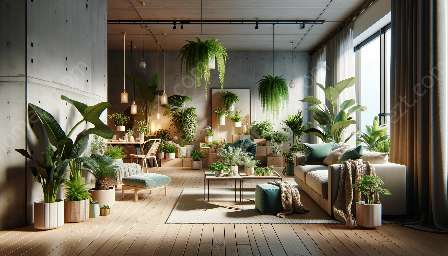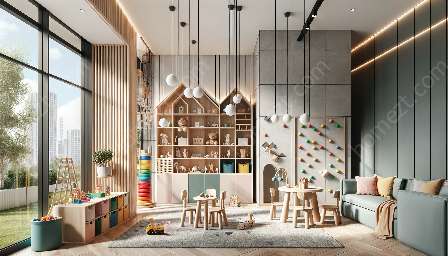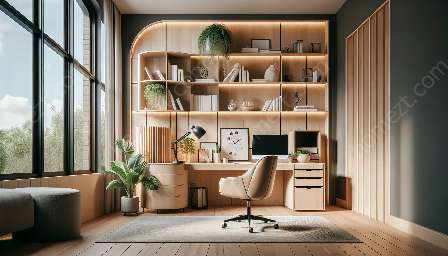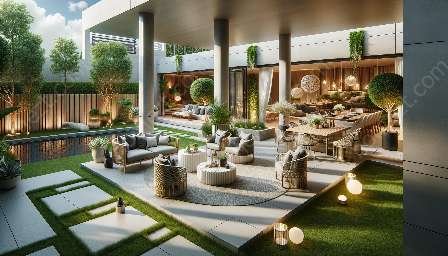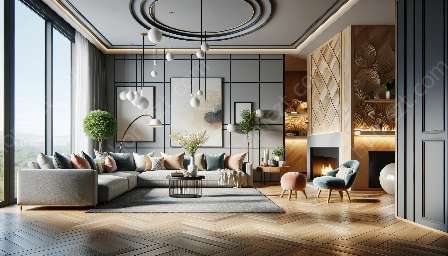Designing a multi-purpose room is a strategic and versatile approach to maximizing space within a home. With careful planning and smart design choices, multi-purpose rooms can serve a variety of functions while maintaining aesthetic appeal and functionality. In this comprehensive guide, we explore the art of designing multi-purpose rooms, with a focus on space planning and home furnishings.
The Concept of Multi-Purpose Rooms
Multi-purpose rooms are designed to serve more than one function, making them valuable spaces within a home. Whether it's a small apartment or a large house, the concept of multi-purpose rooms allows homeowners to make the most of their living spaces, accommodating different activities and lifestyles without compromising on comfort or style.
Space Planning
Space planning is a critical aspect of designing multi-purpose rooms. It involves carefully analyzing the available space and determining how to best utilize it to accommodate various activities. When planning a multi-purpose room, it's essential to consider factors such as traffic flow, furniture placement, and the specific needs of the occupants. By prioritizing functionality and flexibility, a well-executed space plan can optimize the use of space and enhance the overall usability of the room.
Tips for Effective Space Planning
- Define Specific Zones: Identify the different functions that the multi-purpose room will serve, such as a home office, entertainment area, or guest bedroom. Define specific zones within the room to delineate these functions, making it easier to visualize and plan the layout.
- Maximize Vertical Space: In rooms with limited floor area, maximizing vertical space can provide additional storage and functionality. Consider incorporating shelves, wall-mounted organizers, or lofted sleeping areas to make the most of the available space.
- Flexible Furniture Arrangement: Choose furnishings that are versatile and adaptable. Opt for modular furniture, folding tables, and convertible sofa beds that can easily transform to meet different needs. This flexibility is key to ensuring that the room can adapt to various activities.
- Consider Traffic Flow: Arrange furniture and fixtures to facilitate smooth movement within the room. Ensure there are clear pathways and that furniture placement does not obstruct the flow of traffic. This is especially important in smaller multi-purpose rooms where space is limited.
Home Furnishings and Decor
When it comes to furnishing multi-purpose rooms, selecting the right furniture and decor is crucial in achieving a harmonious and functional design. The goal is to create a cohesive look that complements the diverse functions of the room while reflecting the personal style and preferences of the occupants.
Choosing Versatile Furnishings
Versatility is key when furnishing a multi-purpose room. Look for furniture pieces that can serve multiple functions or be easily reconfigured to adapt to different activities. For example, a sleeper sofa can provide seating during the day and transform into a bed for overnight guests, while a storage ottoman can double as a coffee table and provide hidden storage space.
Coordinating Decor Elements
Coordinating decor elements such as rugs, curtains, and accessories can tie together the different functions of the multi-purpose room. Consider using a consistent color palette or theme to create visual harmony, and choose decor items that are both aesthetically pleasing and functional.
Smart Storage Solutions
Effective storage is essential for multi-purpose rooms, especially in smaller homes or apartments. Look for furniture with built-in storage, such as bed frames with drawers or ottomans with hidden compartments. Utilize vertical storage solutions such as wall-mounted shelves and hanging organizers to maximize space without cluttering the room.
Conclusion
Designing multi-purpose rooms presents an exciting opportunity to create versatile and attractive living spaces that cater to various needs and activities. By integrating thoughtful space planning and carefully curated home furnishings, homeowners can transform underutilized areas of their homes into dynamic and functional multi-purpose rooms. Whether it's a studio apartment, a guest room, or a family room, the art of designing multi-purpose rooms offers endless possibilities for creating personalized and adaptable living spaces.

